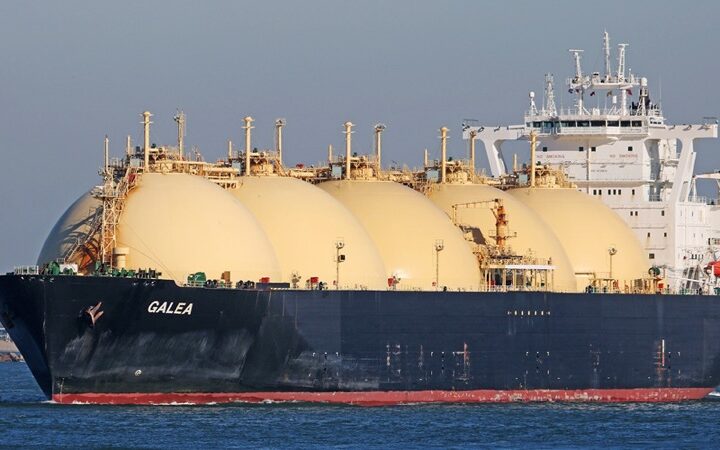.
Marcuard's Market update by GaveKal Dragonomics
Ever since US equities bottomed in March 2009, glamour stocks such as Google, Amazon and Netflix have been at the forefront of the rebound, leading the Nasdaq composite to an all time high last week. While we continue to prefer other markets over the US, recent moves in mega-cap US growth stocks have set us wondering how long the outperformance of growth stocks over value stocks can last. After all, even Federal Reserve chair Janet Yellen has sounded the alarm over pricey valuations for these momentum counters.
Before assessing the outlook for growth stocks relative to value stocks, we must first account for the outperformance of the growth sector. Some investors argue that growth is scarce, therefore companies that can generate growth should be rewarded. Others retort that ultra-loose monetary policy has inflated a bubble, and that the high level of US margin debt is fueling an unsustainable run-up in favoured stocks. Our hypothesis is that the market rewards appropriate investment decisions. Therefore growth stocks—those which reinvest their earnings and borrow to generate future growth—should outperform when borrowing costs for businesses are set at a level that encourages efficient capital allocation.
Efficient investment takes place in a macroeconomic environment in which the cost of capital is close to the anticipated return on capital—in other words, when the Wicksellian spread for businesses is close to the optimum level. In contrast, when the cost of capital is too low relative to returns on capital, growth companies tend to make ill-considered investments, and get punished for them by investors. When this happens—as in the late 1970s and from 2003-07—value stocks, which are seen as assets that store rather than create value, tend to outperform.
So what is the optimum Wicksellian spread for the business sector? We look at the spread between the seven year moving average of nominal US GDP growth (as a proxy for the return on capital) and the yield on Baa-rated corporate bonds (as a proxy for the cost of capital). By trial and error, we find that the optimum spread is from -1.5pp to -3.5pp. In other words, when returns on capital are between -1.5pp and -3.5pp below the cost of capital, businesses are operating in an environment that encourages efficient investment. The US corporate sector has been operating in the Wicksellian optimum ever since the end of the financial crisis. This goes a long way to explain the outperformance of growth stocks.
What cost of capital will be needed to maintain this optimum in the future? Given our belief that the real structural growth rate for the US is around 2.3%, and assuming 2% inflation, the long term optimum for Baa corporate yields is roughly 5.8% to 7.8%. When Baa corporate bond yields are within this range, investors should overweight growth stocks relative to value stocks. Assuming no US recession materialises in the mid-term and seven year nominal GDP growth crawls back to 4.3% from its current 2.8%, and with the Baa bond yield likely to move higher from 5.2% given the gradual upward trajectory of treasury yields, the Wicksellian spread for the business sector looks set to remain within its optimum range over the medium term.
Of course, frothy valuations for some glamour stocks could prompt a temporary rotation into “safer” value stocks, as we saw in March 2014. But so long as borrowing costs continue to promote quality investment (which is not the same as high capital expenditure), US-focused equity investors should continue to overweight momentum stocks.
www.marcuardheritage.com







